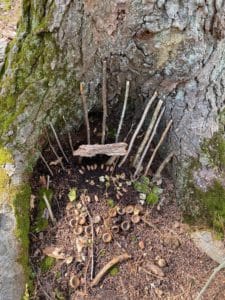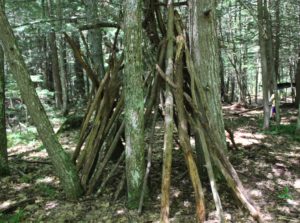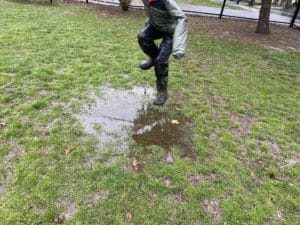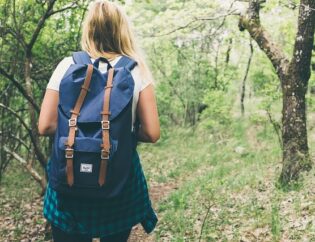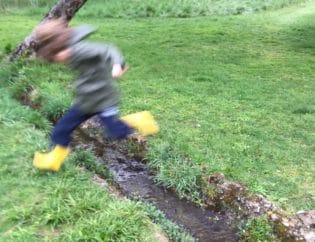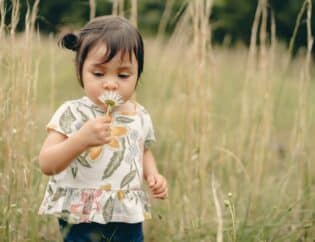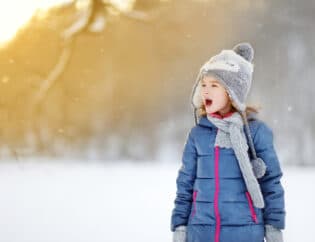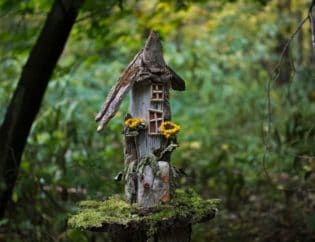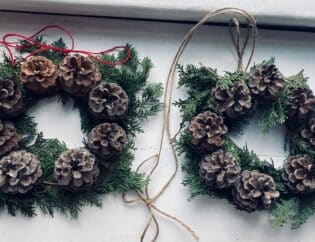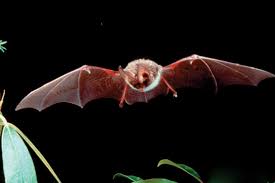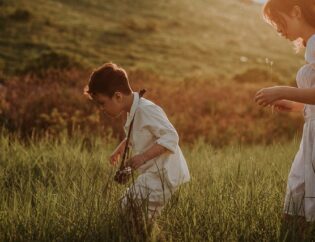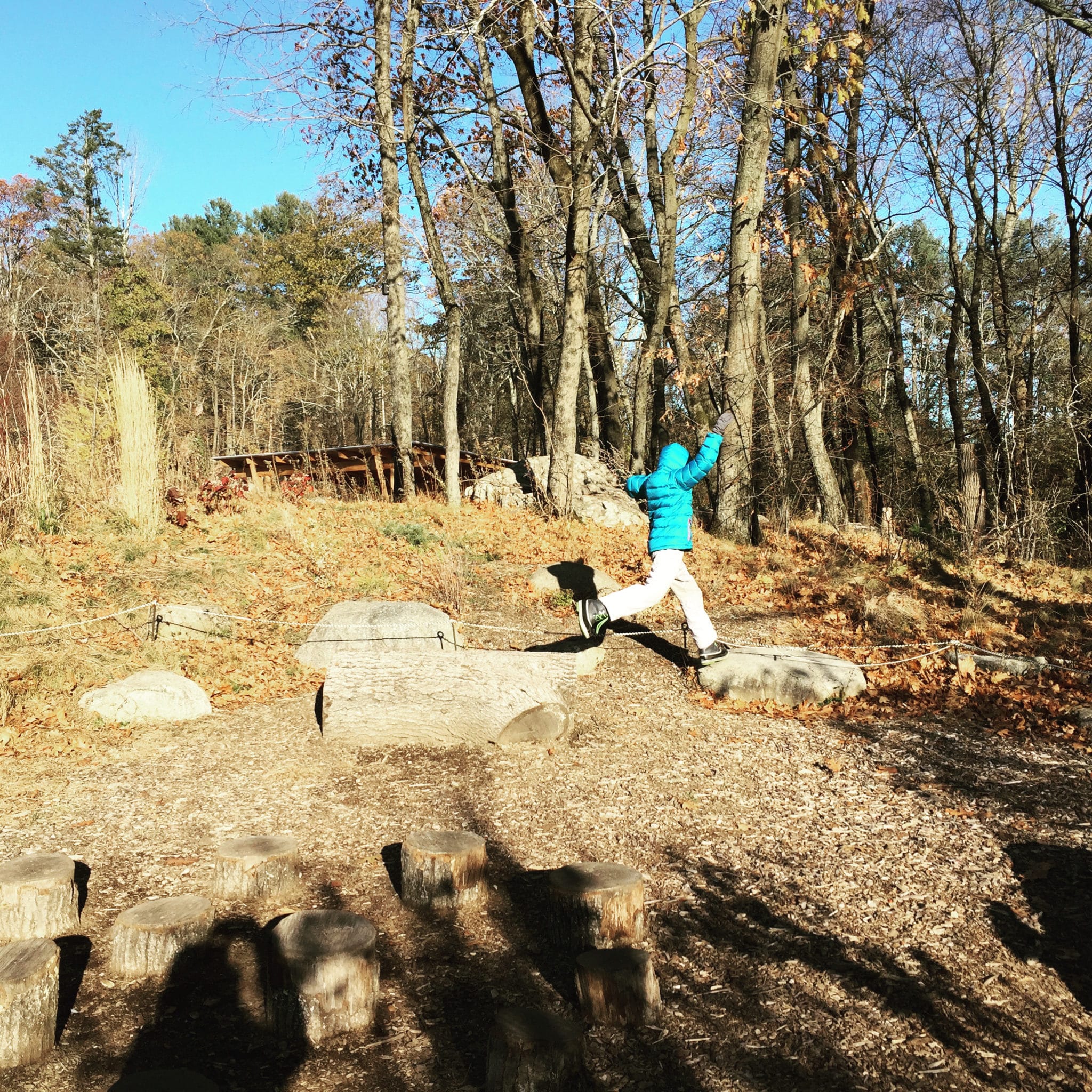
With playgrounds closed as a public health measure, more kids are experiencing the pure and natural benefits of nature play. That’s a nice silver lining from the pandemic experience. Because nature play is wonderful for kids.
Nature play improves a child’s level of physical activity, health-related fitness, motor skills, learning, and social and emotional development. And the benefits are proven. A recent study from Australia found a positive connection between nature play and children’s development.
One of our favorite benefits of nearby nature play is that it helps a child develop comfort in and love for nature that can be explored more deeply down the road, in more distant places. So you captivate them with nature in their backyard before they take on mountaineering later in life.
The good news is that you can easily, and gradually, bring in elements of nature play to your own backyard. Just think of space to dig, climb, create, relax, read, dream. From building a pond for wildlife, helping your child create a stick fort, or incorporating tree cookies, bringing in natural play elements is a cheap, (usually) easy and super fun family activity.
Here are some ways to bring more nature play into your backyard:
Think Trees
You can climb them, hang hammocks, swings, slacklines from them, give them expressions, sketch them, observe them, watch them host birds and critters, make them a reading buddy, befriend them or just simply appreciate them. Trees are one of the ultimate nature play fixtures. Use those in your own backyard to their full potential, give them some love or plant some more!
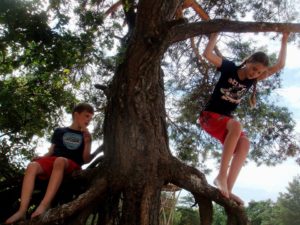
Tree Cookies
No trees? No worries. Tree cookies are an easy way to bring in more nature play to your backyard. Tree cookies, or tree discs, are simply discs cut from tree trimmings. They are a simple, affordable, and versatile way to bring in opportunities for outdoor play and learning. You can either fix the tree cookies in place to serve as “stepping stones” or keep them as “loose parts" for art and other learning.
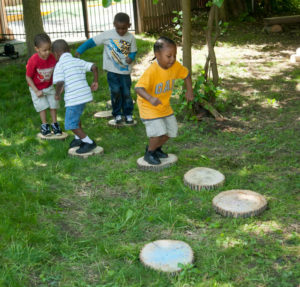
Stick Zone
Add some sticks to your backyard if there aren’t enough in there and let your child’s imagination let loose. From fairy wands to stick forts, sticks are the building blocks for creativity outdoors. Forts can be a calming, safe and welcoming space for children. A place to call their own. The fort can even become a child's home base, a special place where they eat lunch or a snack, do activities or get some quiet time.
Pond
A backyard pond is an excellent way to encourage wildlife to make your backyard its home. Plus, direct observation of their immediate surroundings, such as a backyard, schoolyard, or local pond, is a great way for kids to learn about the living environment.
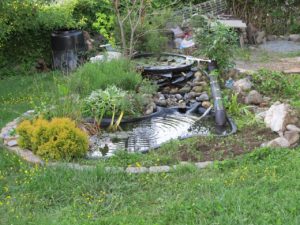
Mudpie Station
Mud and dirt are good for kids. The germs are needed to build up immune systems. New research even suggests that certain microbes in soil have an antidepressant effect on us—making us happier! Plus, mud is an amazing sensory experience for kids. And in the day of Sensory Processing Disorder, our kids really need to squish their fingers through mud sometimes!
You can easily set up a container or natural mud patch in your backyard or even a mobile mud patch. Stock your mud patch with containers, large bowls shovels or old spoons for making mud soup. Encourage your kid to scour the area for "ingredients" such as twigs, pebbles, and flowers.
Loose Parts
Add some loose parts to your backyard space as an excellent at drawing out a child's imagination as they inspire children to practice creative thinking in sorting out how to incorporate the part into play. You can gather an assortment of manmade objects such as bedsheets, canvas, pulleys, rope, buckets, milk crates, pots and pans. And natural objects like pebbles, seeds, sticks, stones, water. Then just sit back and watch the ideas flow: Pebbles + cardboard tubes = a marble run or rain stick; Branches + fabric= a little house for little people or animals.
Pollinator Garden
Your backyard can become a haven for birds, butterflies, and other wildlife and present a multitude of wildlife viewing and observing opportunities if you add features such as a pollinator garden, water features and housing structures. And turning your backyard into a wildlife habitat is something anyone can do with just a few of the right type of plantings. The National Wildlife Federation makes it easy for you to do so with its Backyard resources on selecting wildlife-friendly plants, guidelines on planning and design. You can even certify your backyard wildlife habitat with the NWF.
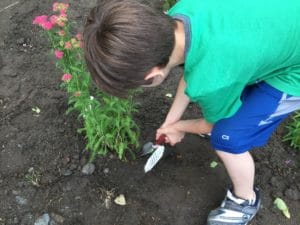
Fairyland
Fairies are simple creatures. They don't need much aside from what nature provides. Help your child envision a fairyland in your backyard with nooks and small spaces perfect for building fairy houses or a whole fairy village. Early education expert David Sobel says that children build fairy houses and forts to create private worlds and explore their own senses of self. Just think about how exciting it was to create your own private world outside, away from adults, when you were a child.
